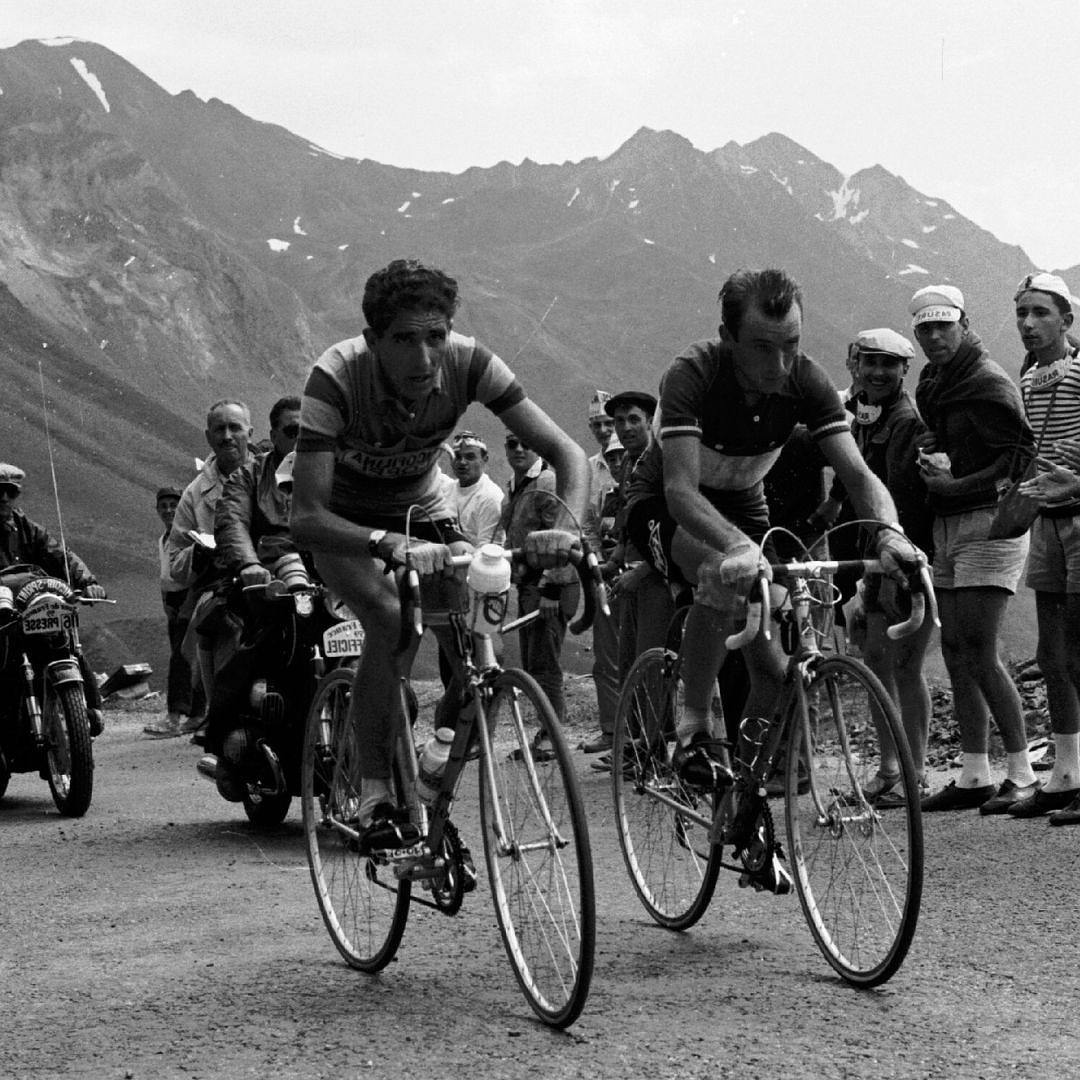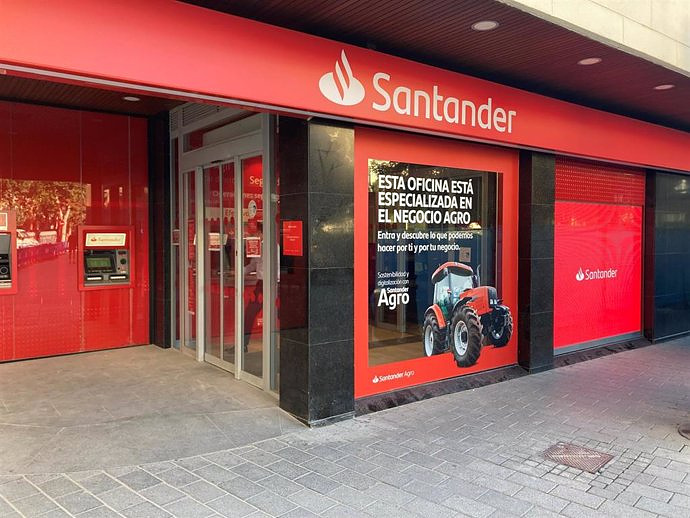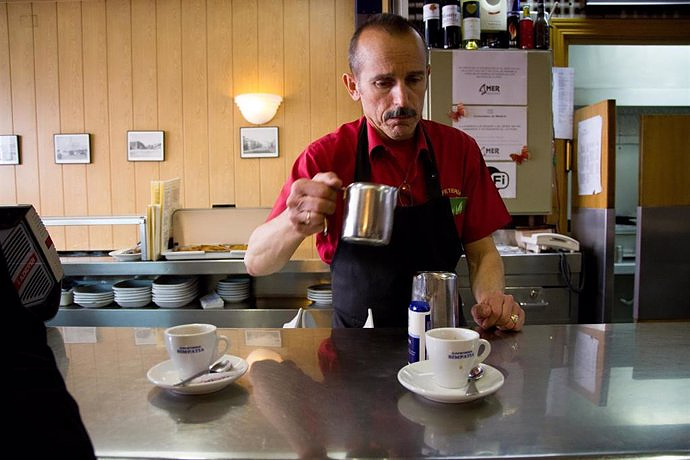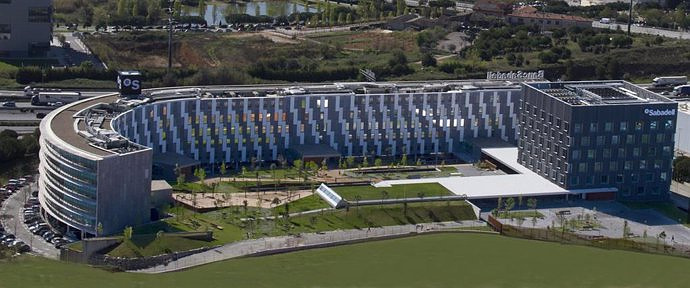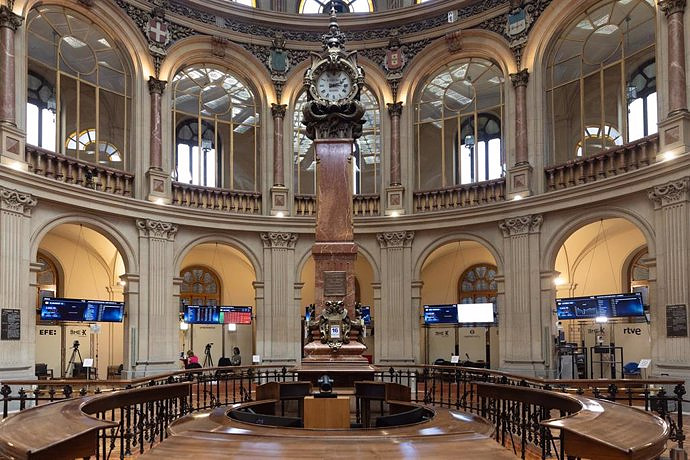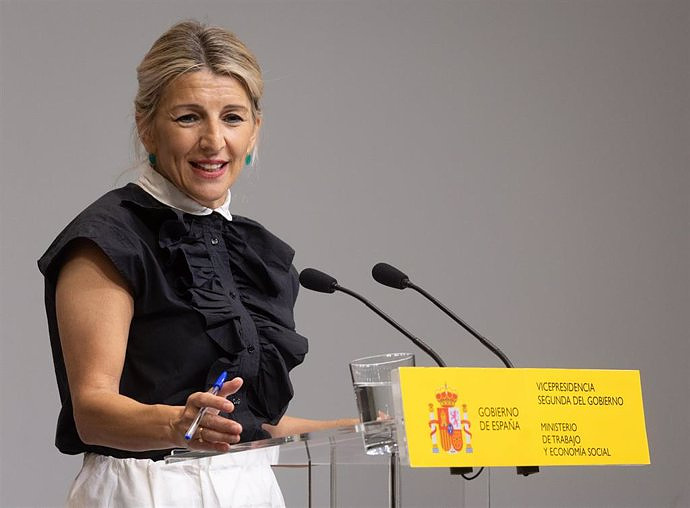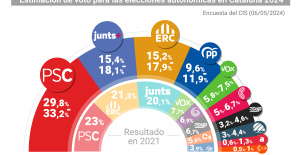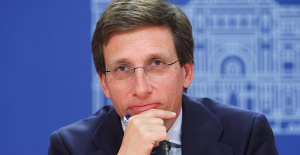'El Águila de Toledo', who died at the age of 95, flew over legends such as Jacques Anquetil to win the 1959 Tour de France
MADRID, 8 Ago. (EUROPA PRESS) -
It was 1959. Real Madrid had just lifted their fourth consecutive European Cup. Spain was beginning to emerge from the straits caused by the Civil War and one of those post-war children, Federico Martín Bahamontes, became the first legend on July 18, an extra pay day for the Spaniards in commemoration of the coup d'état. of Spanish sport.
Born on July 9, 1928 in the Toledo town of Santo Domingo-Caudilla as Alejandro, it was one of his uncles, named Federico, who decided that he would go down in history with his name. He trained as a carpentry apprentice, but his love for two wheels began to take shape in the bicycle workshop of cyclist Moisés Alonso.
On the bicycle he completed his income, in a time of economic hardship, with the black market, and those long distances of more than 30 kilometers one way and many others back began to shape the cyclist who years later would devastate the mountains.
His first successes came at the end of the forties with the Vuelta a Ávila, where he was proclaimed winner of the general classification and was crowned the best climber, and little by little he took steps until he became a professional in 1954, the year in which he debuted in the round that would make him go down in history: the Tour de France.
There he gained a reputation as an eccentric in the international media when during the 17th stage, after suffering a breakdown on his bicycle and with more than two minutes ahead of his rivals at the top of La Romèyre, he allowed himself to order an ice cream while waiting for assistance. "With two balls," he told the shopkeeper as he held the cone.
He was crowned king of the mountain and his earnings allowed him to open a bicycle shop in his city, whose shield, with a double-headed eagle, would be used by a foreign sports journalist to give Bahamontes his legendary nickname: 'The Eagle of Toledo' .
Meanwhile, in Spain, his enmity with fellow cyclist Jesús Loroño began to be more than evident; His fight was fierce in the 1957 Vuelta a España, which the Biscayan would win ahead of the Toledo, who would take the mountains classification -which he had also achieved the year before in the Giro d'Italia-, an achievement that he would repeat in 1958 in the Spanish round and in the gala.
His career took a radical turn during a hunting game with greyhounds in Toledo with the legendary Fausto Coppi, who convinced him that he did not have to settle for the mountains and that he had plenty of conditions to reign in the general classification of the 'Grande Boucle'. '. In the ranks of Tricofilina-Coppi he faced the 1959 Vuelta, in which he ended up abandoning, but the seed was planted.
The Tour was run with national teams, and in 1959 he still had to face another scandal; the coach Dalmacio Langarica chose Bahamontes and Antonio Suárez as leaders, which led to the resignation of Loroño, who was even sanctioned with two months without competing for assaulting the coach.
Cycling competition held in Spain in which Federico Bahamontes and Jacques Anquetil participated, among which there was great competition for titles at the European level - Europa Press Archive
Bahamontes kept the type on the flat, and in the time trial of the fifth stage he mitigated the damage by losing only two minutes with the legendary Jacques Anquetil, who at that time had already won one of his five Tours (1957, 1961, 1962, 1963 and 1964 ). With the arrival of the Pyrenees, he began to gain ground, and at the Puy de Dôme he delivered the blow in the time trial. In the Alps, on the way to Grenoble, he finally dresses in yellow.
He would no longer let go of the leader's jersey until Paris, where it was confirmed, ahead of the Frenchmen Henry Anglade and Anquetil, the first Spanish champion of the French round, a milestone in a Spain not used to showing off its chest. Upon his arrival in Toledo, he was cheered by an ecstatic crowd as he traversed the streets aboard a convertible car, a tour he replicated in his 2018 tribute.
After that great success, he was second in the 1963 edition of the Tour, behind Anquetil, and third in 1964, also won by 'Maître Jacques' and with Raymond Poulidor second. He retired in 1965, with a record of 11 stage victories in grand tours -seven in the Tour, three in the Vuelta and one in the Giro- and with nine mountain grand prix, six of them in the 'Grande Boucle'. '.
After his retirement, he took charge of his bicycle shop and promoted the organization of the Tour of Toledo, and he only got back on the bike in tribute to the late Luis Ocaña, who followed in his footsteps by winning the 1973 Tour. The French race honored him on the occasion of his centenary by proclaiming him the best climber in its history.
In addition to Ocaña, Pedro Delgado, Miguel Indurain, Óscar Pereiro, Alberto Contador and Carlos Sastre emulated his feat by becoming champions of the gala round. For all of them, 'El Águila de Toledo' paved the way.

 Exploring Cardano: Inner Workings and Advantages of this Cryptocurrency
Exploring Cardano: Inner Workings and Advantages of this Cryptocurrency Seville.- Economy.- Innova.- STSA inaugurates its new painting and sealing hangar in San Pablo, for 18 million
Seville.- Economy.- Innova.- STSA inaugurates its new painting and sealing hangar in San Pablo, for 18 million Innova.- More than 300 volunteers join the Andalucía Compromiso Digital network in one month to facilitate access to ICT
Innova.- More than 300 volunteers join the Andalucía Compromiso Digital network in one month to facilitate access to ICT Innova.-AMP.- Ayesa acquires 51% of Sadiel, which will create new technological engineering products and expand markets
Innova.-AMP.- Ayesa acquires 51% of Sadiel, which will create new technological engineering products and expand markets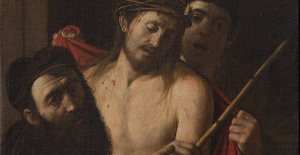 The Prado will exhibit Caravaggio's 'Ecce Homo' from May 28 after a temporary loan agreement with Conalghi
The Prado will exhibit Caravaggio's 'Ecce Homo' from May 28 after a temporary loan agreement with Conalghi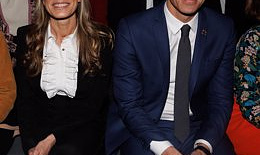 The judge officiates the UCO of the Civil Guard in the case against Begoña Gómez for alleged influence peddling
The judge officiates the UCO of the Civil Guard in the case against Begoña Gómez for alleged influence peddling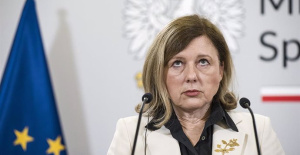 Brussels sees no more risk for the rule of law in Poland and is preparing to close the sanctioning file
Brussels sees no more risk for the rule of law in Poland and is preparing to close the sanctioning file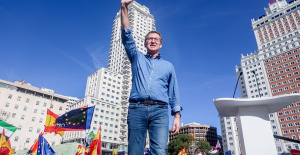 The PP calls to mobilize on May 26 against the amnesty, the "hoaxes" and the "suspicion of corruption" of the Government
The PP calls to mobilize on May 26 against the amnesty, the "hoaxes" and the "suspicion of corruption" of the Government How Blockchain in being used to shape the future
How Blockchain in being used to shape the future Not just BTC and ETH: Here Are Some More Interesting Coins Worth Focusing on
Not just BTC and ETH: Here Are Some More Interesting Coins Worth Focusing on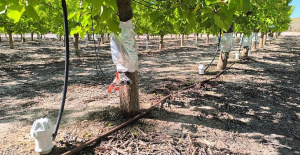 UMH researchers are working on a high-quality apricot crop that requires less irrigation water
UMH researchers are working on a high-quality apricot crop that requires less irrigation water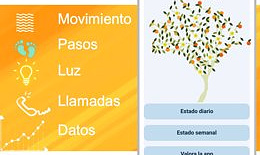 The UPV develops an application to improve the quality of life of patients with glioblastoma
The UPV develops an application to improve the quality of life of patients with glioblastoma A sensor system obtains the fingerprint of essential oils and detects if they have been adulterated
A sensor system obtains the fingerprint of essential oils and detects if they have been adulterated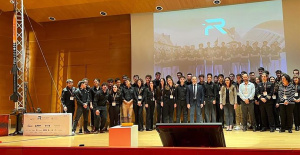 Faraday UPV presents the 'Origin' rocket to exceed 10 km of flight: "It is the beginning of the journey to space"
Faraday UPV presents the 'Origin' rocket to exceed 10 km of flight: "It is the beginning of the journey to space" A million people demonstrate in France against Macron's pension reform
A million people demonstrate in France against Macron's pension reform Russia launches several missiles against "critical infrastructure" in the city of Zaporizhia
Russia launches several missiles against "critical infrastructure" in the city of Zaporizhia A "procession" remembers the dead of the Calabria shipwreck as bodies continue to wash up on the shore
A "procession" remembers the dead of the Calabria shipwreck as bodies continue to wash up on the shore Prison sentences handed down for three prominent Hong Kong pro-democracy activists
Prison sentences handed down for three prominent Hong Kong pro-democracy activists ETH continues to leave trading platforms, Ethereum balance on exchanges lowest in 3 years
ETH continues to leave trading platforms, Ethereum balance on exchanges lowest in 3 years Investors invest $450 million in Consensys, Ethereum incubator now valued at $7 billion
Investors invest $450 million in Consensys, Ethereum incubator now valued at $7 billion Alchemy Integrates Ethereum L2 Product Starknet to Enhance Web3 Scalability at a Price 100x Lower Than L1 Fees
Alchemy Integrates Ethereum L2 Product Starknet to Enhance Web3 Scalability at a Price 100x Lower Than L1 Fees Mining Report: Bitcoin's Electricity Consumption Declines by 25% in Q1 2022
Mining Report: Bitcoin's Electricity Consumption Declines by 25% in Q1 2022 Oil-to-Bitcoin Mining Firm Crusoe Energy Systems Raised $505 Million
Oil-to-Bitcoin Mining Firm Crusoe Energy Systems Raised $505 Million Microbt reveals the latest Bitcoin mining rigs -- Machines produce up to 126 TH/s with custom 5nm chip design
Microbt reveals the latest Bitcoin mining rigs -- Machines produce up to 126 TH/s with custom 5nm chip design Bitcoin's Mining Difficulty Hits a Lifetime High, With More Than 90% of BTC Supply Issued
Bitcoin's Mining Difficulty Hits a Lifetime High, With More Than 90% of BTC Supply Issued The Biggest Movers are Near, EOS, and RUNE during Friday's Selloff
The Biggest Movers are Near, EOS, and RUNE during Friday's Selloff Global Markets Spooked by a Hawkish Fed and Covid, Stocks and Crypto Gain After Musk Buys Twitter
Global Markets Spooked by a Hawkish Fed and Covid, Stocks and Crypto Gain After Musk Buys Twitter Bitso to offset carbon emissions from the Trading Platform's ERC20, ETH, and BTC Transactions
Bitso to offset carbon emissions from the Trading Platform's ERC20, ETH, and BTC Transactions Draftkings Announces 2022 College Hoops NFT Selection for March Madness
Draftkings Announces 2022 College Hoops NFT Selection for March Madness